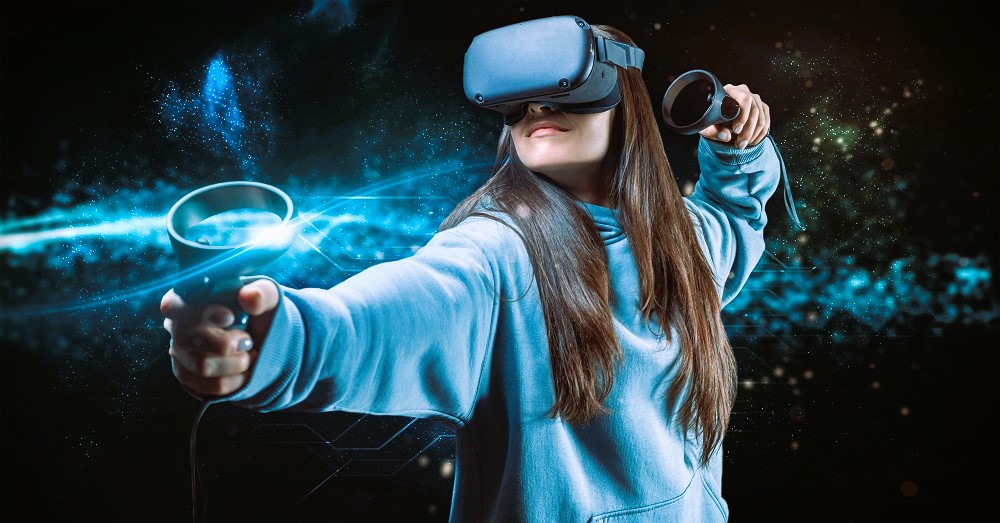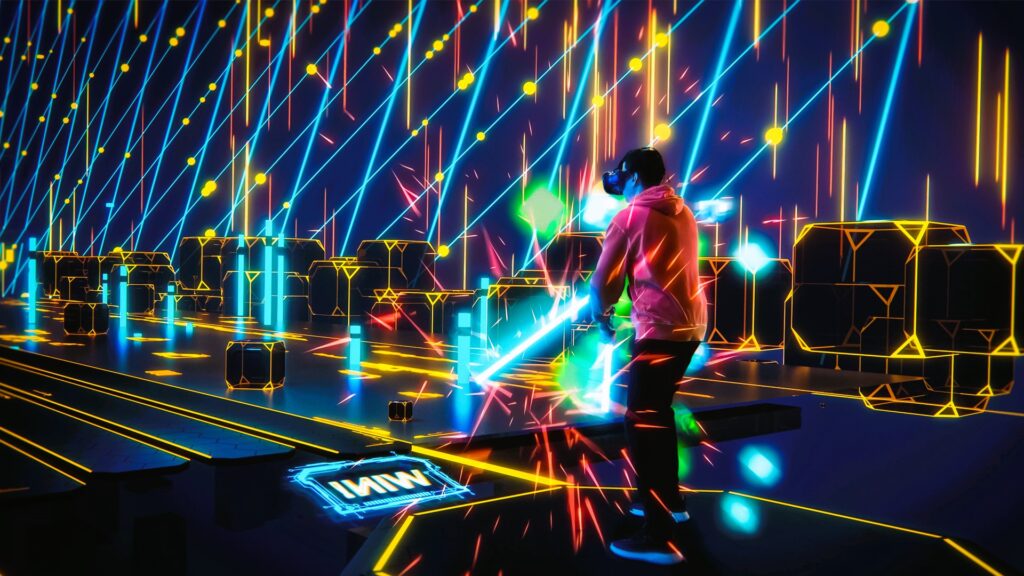Virtual Reality (VR) has been a buzzword in the gaming industry for several years now, promising to revolutionize the way we play games. With immersive experiences and interactive gameplay, VR technologies offer a glimpse into the future of gaming. But are they here to stay, or are they just a passing trend?
To answer this question, let’s take a closer look at the current state of VR technologies and their impact on the gaming landscape.
Firstly, it’s essential to understand what VR is and how it works. VR technology uses headsets, motion sensors, and controllers to create immersive virtual environments that players can interact with. By wearing a VR headset, players are transported to digital worlds where they can explore, interact with objects, and engage in gameplay activities.
One of the main attractions of VR gaming is its ability to provide a sense of presence and immersion that traditional gaming experiences cannot match. With VR, players feel like they are inside the game world, rather than observing it from a distance. This level of immersion can enhance gameplay experiences and make them more engaging and memorable.
Furthermore, VR technologies offer new possibilities for game design and storytelling. Developers can create experiences that blur the line between reality and fiction, allowing players to become fully immersed in the narrative. From exploring alien planets to solving puzzles in ancient ruins, VR gaming opens up a world of creative possibilities.
However, despite its potential, VR gaming still faces several challenges that may impact its long-term viability. One of the main barriers to widespread adoption is the cost of VR hardware. High-end VR headsets can be expensive, making them inaccessible to many gamers. Additionally, VR technology requires powerful gaming PCs or consoles to run effectively, further increasing the cost of entry.

Another challenge is the issue of motion sickness, which affects some players when using VR headsets. Motion sickness occurs when the movements in the virtual world do not match the movements of the player’s body, leading to feelings of nausea and discomfort. While advancements in VR technology have helped reduce motion sickness, it remains a concern for some players. Read about artificial intelligence in games, more details in our article.
Furthermore, the VR gaming market is still relatively niche compared to traditional gaming platforms such as consoles and PCs. While there is a dedicated community of VR enthusiasts, mainstream adoption has been slower than anticipated. This may be due in part to the limited library of VR games and experiences available, as well as the lack of killer apps that drive adoption.
So, what does the future hold for VR gaming? While it’s challenging to predict with certainty, many experts believe that VR technologies will continue to evolve and improve over time. As hardware becomes more affordable and accessible, and developers create more compelling content, VR gaming may become more mainstream.
In conclusion, Virtual Reality technologies have the potential to revolutionize the gaming industry, offering immersive experiences and creative possibilities. However, challenges such as cost, motion sickness, and limited adoption may hinder their widespread success. Whether VR gaming is the future of gaming or a passing trend remains to be seen, but one thing is clear: VR has the power to transform how we play and experience games.
For further reading on Virtual Reality technologies and their impact on gaming, you can visit the following websites:
These resources provide valuable insights and perspectives on the current state and future prospects of VR gaming. Whether you’re a VR enthusiast or curious about the latest developments in gaming technology, these websites offer a wealth of information on the subject.

